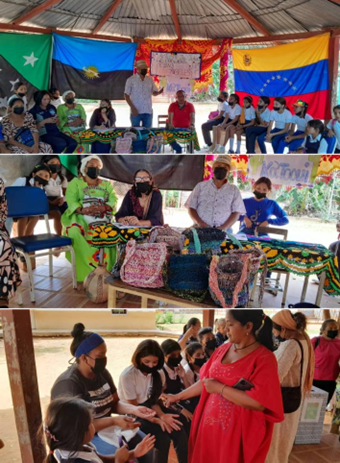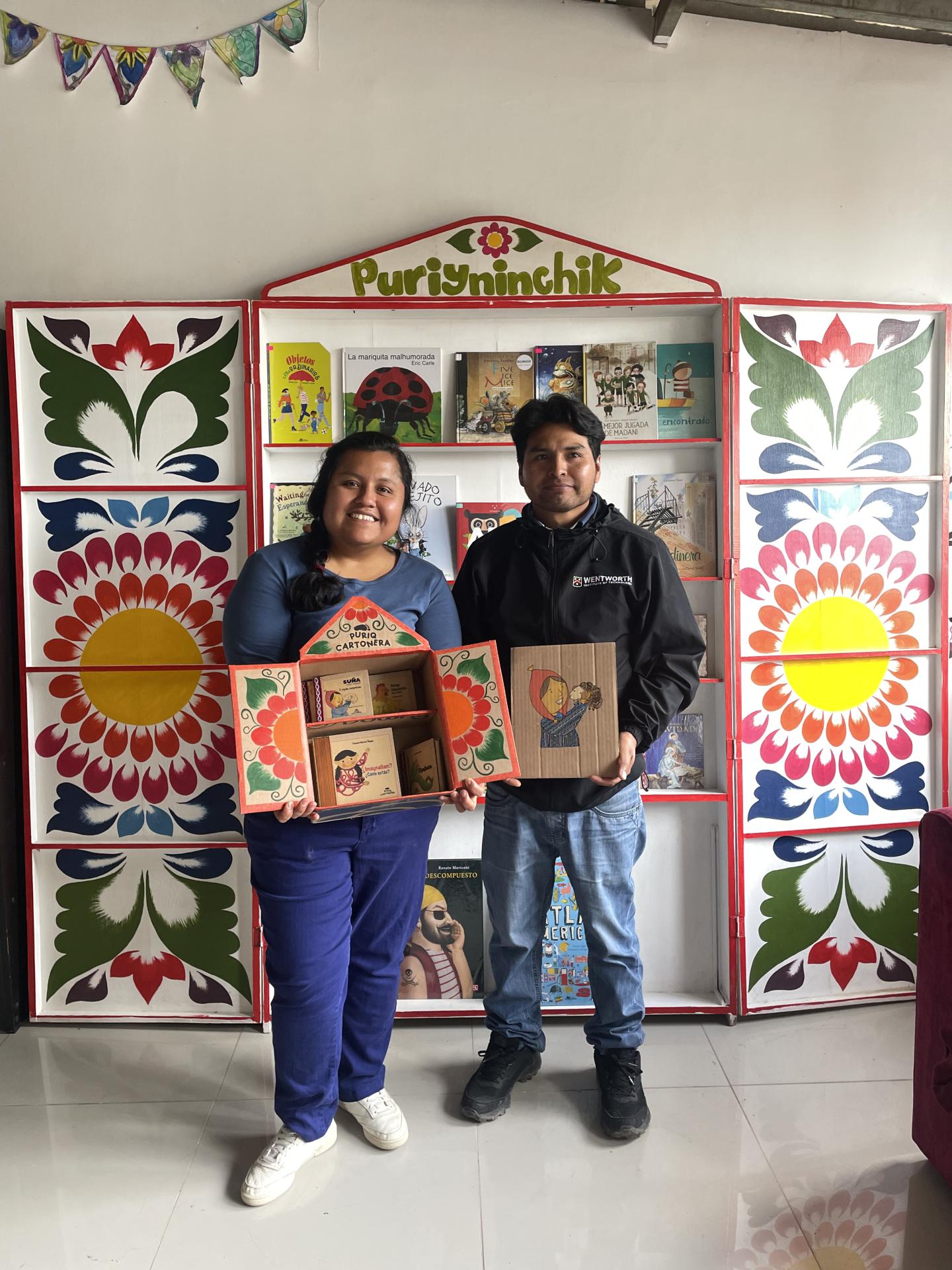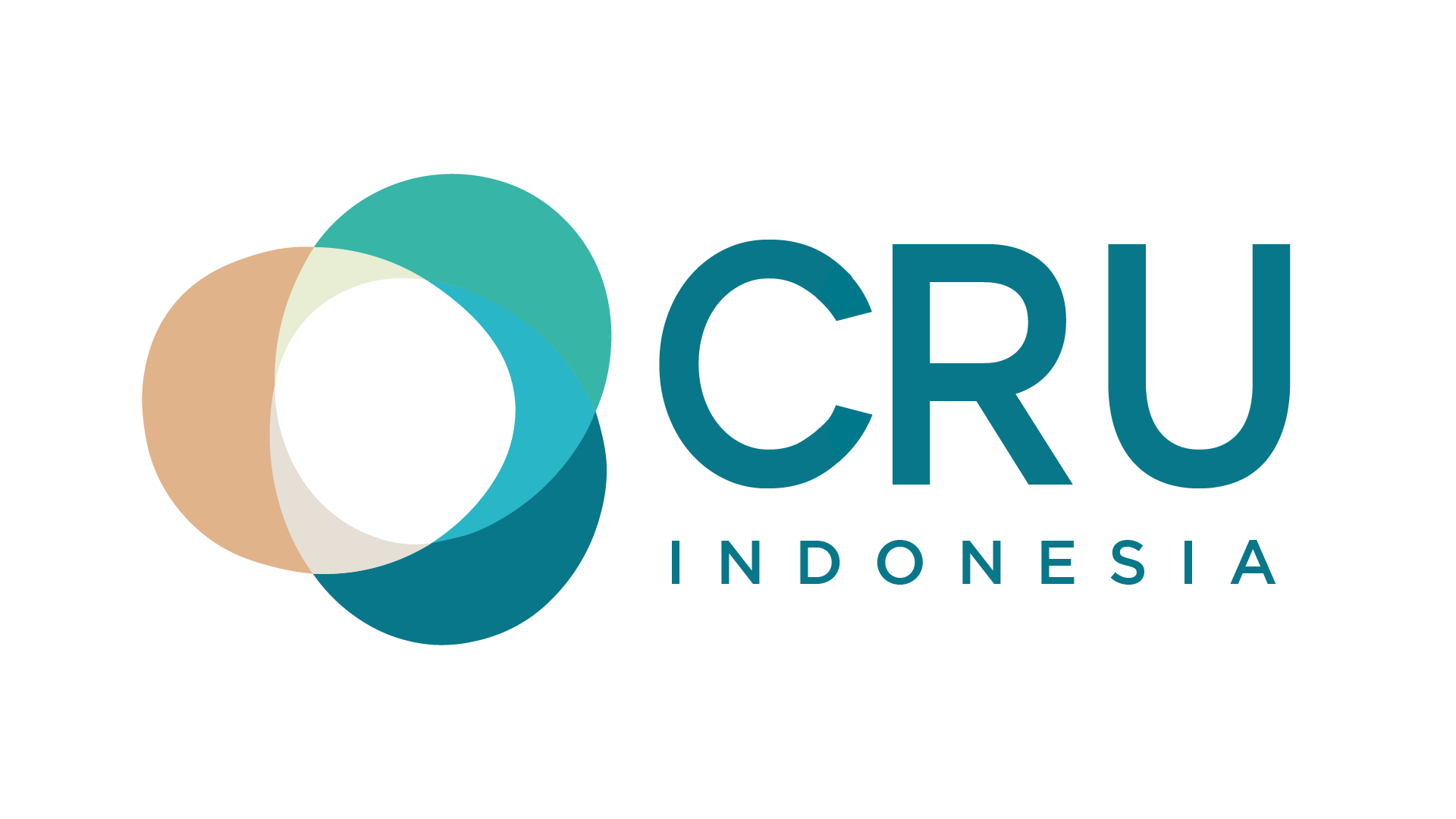Meet Our 2025 Keepers of the Earth Fund Grant Partners Revitalizing Arts and Strengthening Indigenous Languages
5 Agustus 2025agnes
.jpg?itok=c5Z-eAi9)
The Keepers of the Earth Fund (KOEF) is proud to announce our 2025 partnerships with Indigenous communities. At Cultural Survival, we value cultivating long-term relationships with our partners.
The Keepers of the Earth Fund is an Indigenous-led fund at Cultural Survival designed to strengthen Indigenous Peoples’ advocacy and community development projects globally. Since 2017, we have supported 440 projects in 42 countries through small grants and a wrap-around approach totaling $2,667,147. Grants go directly to Indigenous communities, collectives, organizations, and traditional governments to support projects they designed and in accordance with their Indigenous values. Predicated on the United Nations Declaration on the Rights of Indigenous Peoples, Cultural Survival uses a rights-based approach in our grantmaking strategies to support grassroots Indigenous solutions through the equitable distribution of resources to Indigenous communities.
In 2025, our ninth year of operations, we supported 65 Indigenous projects and collectives for a total amount of $531,000. The funds were sent directly to Indigenous communities, collectives, and grassroots organizations in 26 countries.
Meet our grant partners, who are revitalizing the ancestral arts and crafts of their communities and strengthening Indigenous languages.
Revitalizing Ancestral Arts and Crafts
The following projects address the cultural techniques and arts of Indigenous Peoples. Activities include strengthening the preservation of knowledge in the daily lives of the communities, transferring techniques to others, especially young people, and connecting this work to the modern context of Indigenous Peoples.

Regional Organization of Indigenous Peoples of the State of Zulia (ORPIZ), Wayuu (Venezuela)
ORPIZ is made up of grassroots organizations and Indigenous communities from the five Indigenous communities (Añu, Bari, Japreria, Yukpa, and Wayuu) of the state of Zulia, Venezuela. In 2023, they implemented a KOEF-supported project to revitalize the ancestral weaving of the katto’ui (backpack). In 2025, they are resuming their work to revitalize Wayuu knowledge and art with the development and promotion of the iita (container), with the dual purpose of strengthening an Indigenous art form and protecting the environment by creating an alternative to plastic.

Gusanos de la Memoria, Nahua, Ñuu Savi, and Mè’phàà (Mexico)
The Gusanos de la Memoria organization is a multicultural, self-managed Indigenous collective that works to revitalize culture among children and youth in their communities in the mountain region of Guerrero. With this funding, the organization will finish roofing the multipurpose hall of the Gusanos de la Memoria Artist Residency, which was funded by KOEF in a previous phase. They will also restore the section damaged by Hurricane John in 2024, and plan to carry out various cultural and artistic activities that celebrate culture, identity, and language through different art forms.
Bwabwata Living Museum, Kwhe (Namibia)
The Bwabwata Living Museum project proposes several activities to strengthen cultural identity and economic sustainability in the Zambezi region. The museum plans to organize a language workshop led by community Elders and linguists to teach Indigenous languages to younger generations, provide a cultural tourism workshop for community members, implement cultural tourism initiatives for economic income, and organize cultural festivals with the community’s participation.
Wangala Udjapan Committee, Garo (Bangladesh)
The Wangala Udjapan Committee’s project aims to preserve and promote the language and cultural heritage of the Garo diaspora in Dhaka and Chittagong by organizing storytelling sessions with Garo Elders, children, and students. The sessions will be recorded for online dissemination. After the sessions, a storytelling competition will be held at the Dhaka Wangala festival.
Yi Hagamos Lumbre, Zapotec (Mexico)
Yi Hagamos Lumbre’s project, “La Cochinilla,” provides informal training in literary creation, translation, editing, bookbinding, exhibition, and animation for young Indigenous speakers and promoters of the Zapotec language in the Sierra Norte of the state of Oaxaca. The main objective is to strengthen local narratives and the use of Indigenous languages in those narratives through literary creation and animation.
Pumaq Wasin Textile Cultural Center, Quechua (Peru)
This group of women artisans will work on creating a shared space that will function as a center for teaching the textile traditions and customs of the Chinchero region, offering workshops during the year. The objective is to transmit the ancestral knowledge of the Chinchero culture to new generations.
Teduray and Lambangian Ancestral Domain Claim (TLADC), Teduray and Lambangian (Philippines)
Working in the Bangsamoro Autonomous Region in Muslim Mindanao, the Teduray and Lambangian Ancestral Domain Claim proposes strengthening Indigenous weaving knowledge systems and practices, training youth, and conducting environmental monitoring as part of the fight against environmental destruction due to speculation. The organization will also carry out a campaign to protect the forest.
Council of Indigenous Communities of Nahuizalco (CCIN), Nahuatl (El Salvador)
The Council previously implemented a Nahuatl language teaching program that will be strengthened with this new project, which includes a musical choir. The Council’s communities will also lay the groundwork for creating a museum to preserve the history and legacy of their ancestors. Finally, they will work to protect the seeds safeguarded by the Nahuatl communities of El Salvador through cultivation and fertilizer production, thereby contributing to the communities’ food sovereignty.
Napu Manka Warmi Association, Quijos and Amazonian Kichwa (Ecuador)
The Napu Manka Warmi Association comprises ceramicist families who actively participate in producing and promoting artisanal ceramics with ancestral Amazonian designs. Their project seeks to use ceramics as a powerful tool to denounce the negative impacts of the extractive industry on the territory and culture of the Quijos community. They will raise public awareness about the problems of the extractive industry and its consequences through a traveling exhibition of ceramic pieces, strengthening the cultural identity of the Quijos community of the Amazon and community participation in the defense of their territory, and promoting ceramics as a sustainable and culturally relevant economic alternative to extractivism.
Strengthening Indigenous Languages
Within the framework of the UN Decade of Indigenous Languages (2022-2032), we reaffirm our commitment to language as part of Indigenous Peoples’ thinking, knowledge, and expression of their worldviews. This year, we are supporting projects that focus on strengthening Indigenous languages with various activities tailored to each community. These include immersion retreats, literary creation, language and writing skill workshops, and refurbishing spaces for language projects.

Puriyninchik Non-Profit Civil Association, Quechua (Peru)
Founded in 2015 by four Indigenous Quechua professionals in Ayacucho, Puriyninchik works on literacy projects, including community libraries and their Puriq cartonera (cardboard) publishing project that publishes children’s literature in Quechua and Spanish. Their project, “Rimaq Qillqa” (The Writing That Speaks), aims to preserve oral tradition and popular wisdom in the Sarhua community by creating exchange spaces where youth and adults gather with yachaq (Elders) to listen to stories, songs, riddles, and cultural expressions, then document and publish this knowledge in handmade books. The project will directly benefit approximately 200 community members.
U’mista Cultural Society, Kwakwa̱ka̱’wakw (Canada)
Founded in 1974, the U’mista Cultural Society serves Kwakwa̱ka̱’wakw members from Alert Bay, British Columbia to ensure survival of Kwakwa̱ka̱’wakw cultural heritage. Their project, “Kwak̕walaxda’ x̱wla’s” (Say It in Kwak̕wala), is a language program hosting three levels of Kwak̕wala classes both via Zoom and in-person, focusing on g̱wayi’le’las (their bak’wa̱m way of being) and compensating Ni’nox̱sola (fluent speakers) for their time. The project directly benefits 10-12 community members per class and is part of a multi-year plan to protect their endangered language.
Colmix, Mixe Collective, Mixe (Mexico)
The Mixe Collective’s previous project, also supported by KOEF, created teaching materials and organized an exchange of Mixe language teaching experiences. For this year’s project, musical content will be created for Mixe children to support language revitalization, thus replicating some of the successful methodology used in other language revitalization efforts. The songbook will be designed and published by the Collective’s recently established publishing house.

Tuteayen tse süngun, Mapuche Williche (Chile)
Tuteayen tse süngun is a Mapuche Williche social organization founded in 2020 in the Los Lagos region, dedicated to the recovery and revitalization of the Mapuzugun, or tse süngun language, among the Williche people. Their project, “Koneltun Pukem Mew ka Walung Mew 2025,” aims to conduct two to three-day intensive linguistic immersion retreats, one in winter, one in summer, incorporating formal classes with cultural activities like traditional storytelling, music, dance, games, and ceremonial foods. The project will directly benefit 120 people.
Lakasa Nepal, Newar (Nepal)
Lakasa Nepal is an organization composed of several Newar Indigenous communities in the Lalitpur district. Their project will conduct trainings in the Prachalit Nepal and Ranjana script of the Newar People. They will also hold competitions on scriptwriting and language and literature, and will publish Newari language grammar and workbooks.
Ayoquezco Cultural Committee, Zapotec (Mexico)
The Ayoquezco Cultural Committee’s project aims to strengthen Disé, a variant of the Zapotec language that is only spoken in Ayoquezco de Aldama in the valley of Oaxaca. This process will involve teaching Zapotec to boys and girls in four primary schools and creating printed teaching materials. It is estimated that the project will directly benefit 450 boys and girls.
Committee for the Revitalization of the Omagua Native Language, Omagua (Peru)
The Committee is a group of representatives elected by the community to work toward strengthening their language. Their project with KOEF seeks to build a venue for assemblies, meetings, and other diverse community activities related to language strengthening. This space will be used by several nearby Omagua communities in the Nauta district.
Quilloac Commune and Bilingual Intercultural Pedagogical Institute, Kichwa Kañari (Ecuador)
The Quilloac Commune and the Bilingual Intercultural Pedagogical Institute have been implementing culturally appropriate educational work with an emphasis on strengthening their language, Kichwa. This year, they will be working on the restoration of community and institutional spaces by establishing a center for the promotion of their language and a research center for the protection of Kañari culture.
